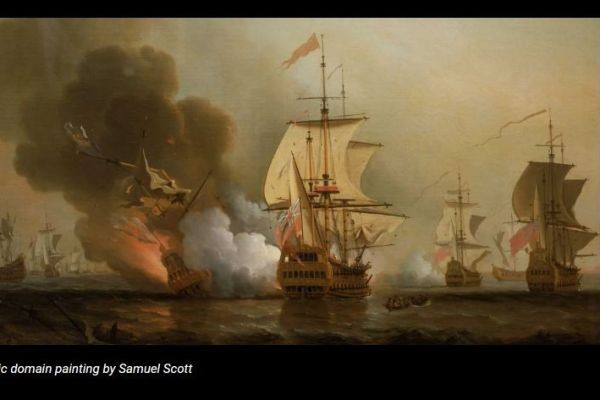Source Article - The Hustle Free Daily Newsletter
Today's Newsletter was brought to you by Juliet Bennett Rylah and Sara Friedman.
Editing by: Ben “One man’s treasure is also another man’s treasure” Berkley.
The first mistake everyone made when the San Jose, a 62-gun Spanish galleon, sank to the bottom of the Caribbean Sea in 1708 was not calling “dibs.”
Over three centuries after the British downed the ship off Colombia’s coast, its treasure earned a “holy grail of shipwrecks” nickname — and we get it. Some of what’s down there:
- Silver and gold from Peruvian mines.
- Chests full of Colombian emeralds.
- Millions of pesos in gold and silver coins.
The grand total of San Jose’s treasure has been estimated anywhere between $4B-$20B.
Now, the Colombian government is accelerating plans to lift the wreck off the sea floor — ideally by the end of president Gustavo Petro’s term in 2026 — per Bloomberg.
That may be the easy part
Hauling a decaying ship with 200 tons of treasure to the surface from 600+ meters deep sounds like it’d be the most complicated part of San Jose’s future, but it’s not.
The legal dispute over the proper owner of the treasure dates back to 1981:
- That’s when Glocca Morra, a US salvage company now known as Sea Search Armada, says it first found the shipwreck.
- In 2015, a previous Colombian administration said it found the ship in a totally different location, claiming the treasure for itself.
- The US company disputed that and still seeks $10B in restitution.
- Complicating matters further: Claims have also been made by Spain (the vessel’s original owner) and Bolivia's indigenous Qhara Qhara nation (from whom many of the treasures were looted).
Based on its push to raise the treasure, Colombia feels confident in its claim — and also knows it’ll be hard for anyone else to legally stop them from moving forward.
There’s little precedent here
In 2009, a US company was ordered to return 37.5k pounds of treasure to Spain, but there was one big difference: that shipwreck rested in international waters; San Jose was discovered in Colombia’s territorial waters.
International law is inherently messy; this case of San Jose is further complicated by the differing postures of changing Colombian regimes — and now, by the nation’s urgency to hoist the treasure and claim it once and for all.
If we can make a suggestion: “National Treasure” rules? Nic Cage’s character took a 1% finders fee on his big discovery. Beats nothing — right, Sea Search Armada? (An additional 1% for whoever brokers a solution would be cool, too.)










